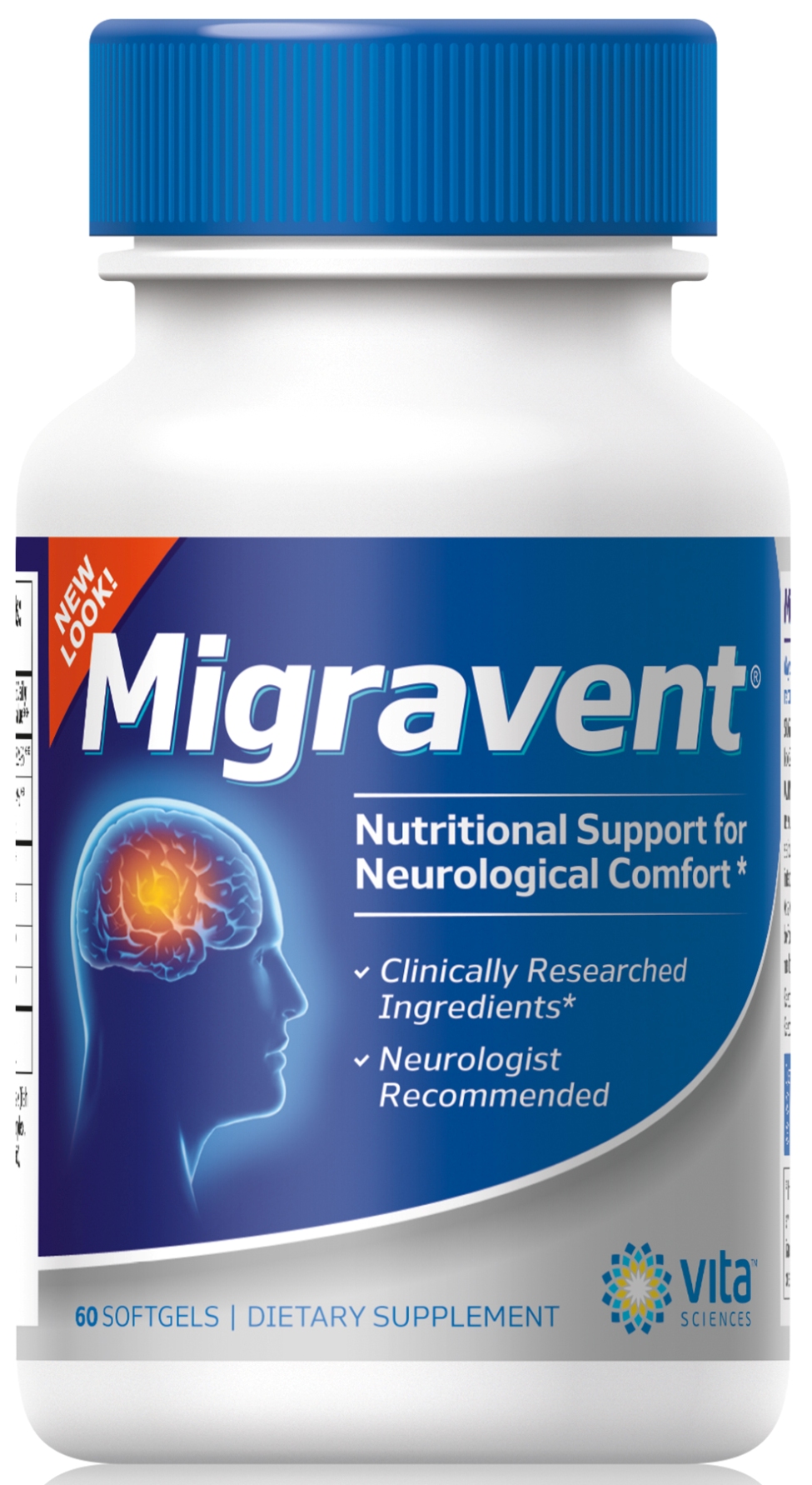Does it seem like migraines make your arms and legs hurt, in addition to causing excruciating headaches? It’s not your imagination- migraine sufferers are three times as likely to suffer from complex regional pain syndrome (CRPS), according to research studies on migraine headaches with chronic muscle pain in the arms, legs, hands or feet.
CRPS is still a relatively-new form of chronic pain that is just beginning to attract more awareness. Still, many scientific journals have commented on complex regional pain syndrome, including this one that was published by Cephalalgia which compared CRPS in patients with migraines and people without any form of chronic headaches.
Migraines and CRPS
There seem to be no similarities between migraines, which cause severe headaches, fatigue and nausea, and CRPS, which causes debilitating muscle pain in a single arm or leg; scientists have noted some significant correlations between the two:
- Muscle pain from CRPS and migraines are both neurological conditions.
- Both involve chronic pain to an isolated area.
- If you have CRPS, you are 3.6 times more likely to suffer a migraine headache than the rest of the population.
- Also, patients who suffer CRPS muscle pain are almost twice as likely to suffer some form of chronic headaches as people without sore arm or leg muscles from CRPS.
- CRPS, like migraines, is more common in women than in men.
- Also like migraines, CRPS can develop in grade-school aged children.
- Nearly 60% of the CRPS patients examined in the study experienced migraines with aura, compared to migraine headache sufferers without CRPS.
- About 61% of CRPS-migraine patients reported getting severe headaches prior to severe muscle pain from CRPS.
What is CRPS?
Complex regional pain syndrome is a type of chronic pain that usually occurs after an injury. With CRPS, nerve pain is out of proportion with the injury, causing extreme muscle pain in the arm or leg without any signs of bone damage.
CRPS is caused by damage to the nervous system, but can also occur as part of a neurological disorder.
3 Undeniable Truths about Chronic Pain
CRPS symptoms include:
- Swelling
- Extreme muscle pain
- Skin rashes and discolorations
- Unusual sweating constrained to the affected area
- Sore, stiff joints
- Poor muscle control
- Difficulty walking or moving the affected limb
- Muscle tremors
Treatments for CRPS
Medications and therapies for CRPS and/or migraines include:
- Pain relievers, including over-the-counter NSAIDs and prescription opioids
- Antidepressants
- Anticonvulsants
- Steroid medications
- Medications to prevent bone loss
- Botox
- Hot/cold therapy
- Topical pain relievers
- Exercise and stretching
- Relaxation techniques
- Transcutaneous electrical nerve stimulation (TENS)
- Biofeedback
- Spinal cord stimulation
- Natural vitamins, minerals, and herbs that support neurological functioning, including B vitamins, coenzyme Q10, magnesium, and butterbur
Your turn!
Do you have any questions or suggestions? Please leave your comments below.
Share with your friends!
If you found this article helpful, then please share with your friends, family, and coworkers by email, twitter, or Facebook.
Like this? Read more:
Migraine Triggers in Post-Traumatic Stress Disorder (PTSD)
How long will my Migraine Headache Last? A Migraine Symptom Chart
If your Headache is a Migraine…Are you sure?
Sources:
Complex Regional Pain Syndrome Fact Sheet
Migraine may be a risk factor for the development of complex regional pain syndrome
Image courtesy of Praisaeng/freedigitalphotos



